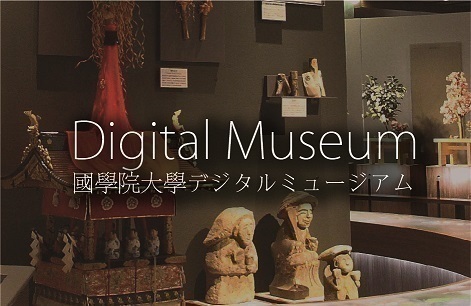- トップ
- Encyclopedia of Shinto
- Toshigami, Toshitokujin
Encyclopedia of Shinto
| Main Menu: | |
| Links: |
詳細表示 (Complete Article)
| カテゴリー1: | 2. Kami (Deities) |
|---|---|
| カテゴリー2: | Kami in Folk Religion |
| Title | Toshigami, Toshitokujin |
| Text | A kami that visits during the New Year's season, heralding the advent of the New Year, also called Shōgatsu-sama (lit., "Honorable New Year"). The name Toshitokujin has origins in Chinese Yin-Yang divination (Jp. Onmyōdō), and refers to a goddess with dominion over auspicious directions (ehō) for the current year. The Toshitokujin cult thus involves a core of ancient beliefs in the appearance of a kami at the first of the year and who assures an abundant harvest, to which has been added additional elements of Chinese divination cults. Observances to the kami of the new year are ordinarily held by individual families, who prepare a special altar apart from their ordinary kamidana, called variously toshigamidana, toshitokudana, or ehōdana; such altars may be decorated with shimenawa and mirror-shaped rice cakes (kagami mochi), rice, dedicatory sake (mike) and salt. Derived from the cult of Onmyōdō, the names toshitokudana and ehōdana indicate that each year's auspicious direction (ehō) is under the influence of the Toshitokujin. In some areas, a pillar called ogamimatsu ("supplication pine"), or pine branches may be erected beside the hearth as a vehicle or medium (yorishiro) for the kami's presence. Both the conventional toshigami and the toshitokujin of Onmyōdō are alike in appearing during the New Year's season, but based on correspondences with the "spirit altar" (shōryōdana) of the summer Obon rites, and other similarities between ceremonies of New Year's and Obon, it is believed that the the toshigami represents a relatively earlier form of cult than that of the toshitokujin. See also ehō. -Iwai Hiroshi |




